"Saint John The Baptist And The Ram 131 X 97 After Caravaggio"
John the Baptist and the Ram” after Caravaggio Imposing oil on canvas
131 x 97 In 1602,
Michelangelo Merisi da Caravaggio (1571-1610) produced “Saint John the Baptist – Boy with the Ram”, now kept in the Capitoline Museums in Rome.
It was commissioned for the private collection of the Roman Marquis Ciriaco Mattei, who mentioned the painting in the inventory of his collection and in his will (1623) under the name of "Giovanni Battista [Jean-Baptiste]" and transmitted it after his death to Cardinal Francesco Maria Bourbon Del Monte (1549-1927),
The provocative and sensual depiction of the saint in the guise of a street boy, naked and erotic, caused a scandal at the time and was rejected by the guardians of good mores of the time-
John is usually depicted in the presence of a lamb, which represents Jesus as "Agnus Dei", in the present motif, Caravaggio has his John embraced by an unmistakably adult male ram, in chiaroscuro [Chiaroscuro] remarkable and a seductive naturalism –
It fascinated by its high artistic quality and conveyed, under the cover of a painting of saints, an almost blatant eroticism to which the artist and probably the commissioner himself adhered.
Almost life-size, oil on canvas, signed and dated indistinctly lower left, unframed 131 x 97 – Very Good Condition
I liked the Dionysian aspect of this work, wildly light-hearted, playful- An overrun of the person, everyday banality, reality – A great pantheistic sympathy made up of joy and suffering –
This is one of seven versions of the painter on this theme, some of which are however disputed as to their attribution –
Each of these paintings increased Caravaggio's reputation among collectors: twenty copies of The Supper at Emmaus are still identified today, and even more of The Capture of Christ – which shows how widespread the current use of the copy was already when a quality painting justified it –
Caravaggio is suspected of having wanted to make a bridge between the two testaments with the evocation of the ram of Abraham's sacrifice. Thus, he brings together the figure of the brother of Christ and Isaac, son of Abraham. The ram carries within it another symbol; that of debauchery. The position of the young man hugging this animal with dubious virtue can be interpreted as a symbol of lust, far from the supposed sacredness of the pictorial theme. We can also say that the presence of a ram, the dark but bucolic decor of the background of the painting, the character's hair is more reminiscent of an orgiastic scene from mythology than a religious scene. The grape leaf is as much a symbol of sacrifice, recalling the redemption of the original sin… as the vine of Dionysos… So many clues that suggest that we are not in the presence of a sacred work.
As for the position of the subject, we find traces of it in an earlier work, one of the greatest works; the ceiling of the Sistine Chapel painted by Michelangelo Buonarotti, 1509. The position of the young Saint John the Baptist is a direct quotation from one of the characters composing the group of the Sibyl of Eritrea, an ignudo (nude). This character has an accentuated musculature, but he has a decrease in the volume of his right arm. We observe that this one is represented in an improbable position; the twist between hips and shoulders does not produce twisting of the muscles of the bust and the abdominals.
Michelangelo wanted to paint these figures as ideal figures. Caravaggio opted for a painting that imitates nature, a faithful reproduction and not an idealization. Also, this scene is certainly a snub to Michelangelo rather than a direct quotation in the form of a tribute, a feeling accentuated by the sardonic smile, the cheeky gaze of the model, who seems to be making fun of the painter of the Sistine Chapel.
Born in Milan in 1571, Michelangelo Merisi known as Caravaggio worked in the studio of a renowned painter, Simone Peterzano (we know of none of his Lombard works) and arrived in Rome in the early 1590s. He worked in several studios , including that of Giuseppe Cesari, known as the Cavalier d'Arpin, where he was responsible for painting flowers and fruits in large compositions. A task for which he showed talent, as shown in his "Lute Player", a painting in the Hermitage Museum - One of Caravaggio's inventions, the secular music scenes: a young man, looking lost, plays a lute, a score spread out in front of him, next to a bouquet, some fruit and vegetables.
He died at just 34 after a fairly eventful life-


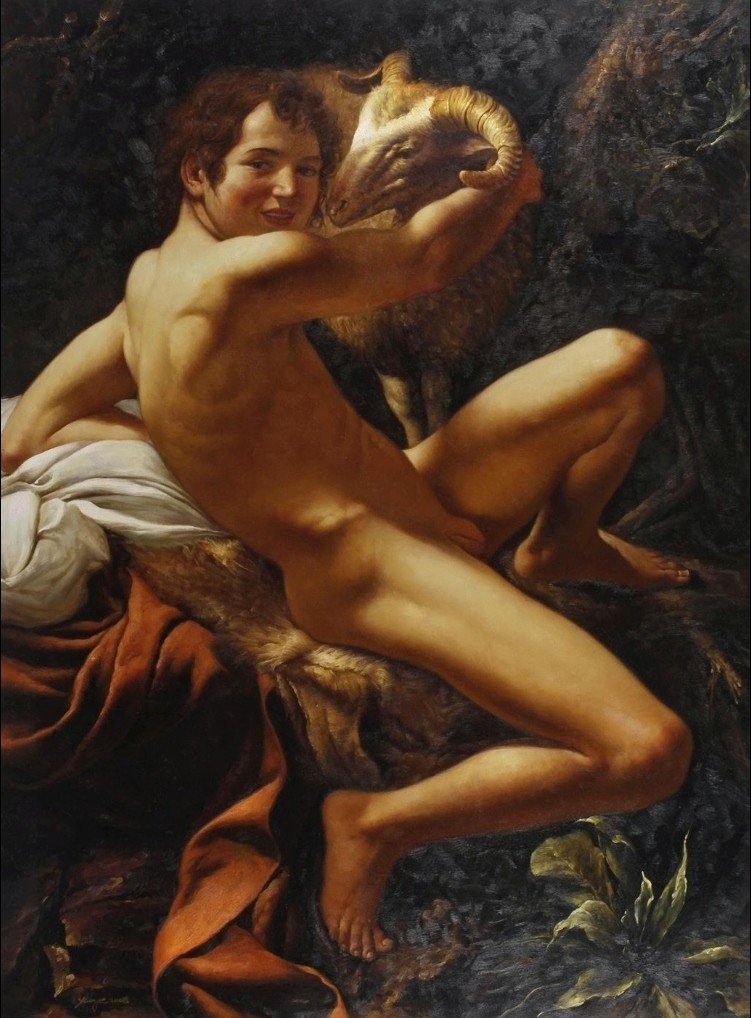



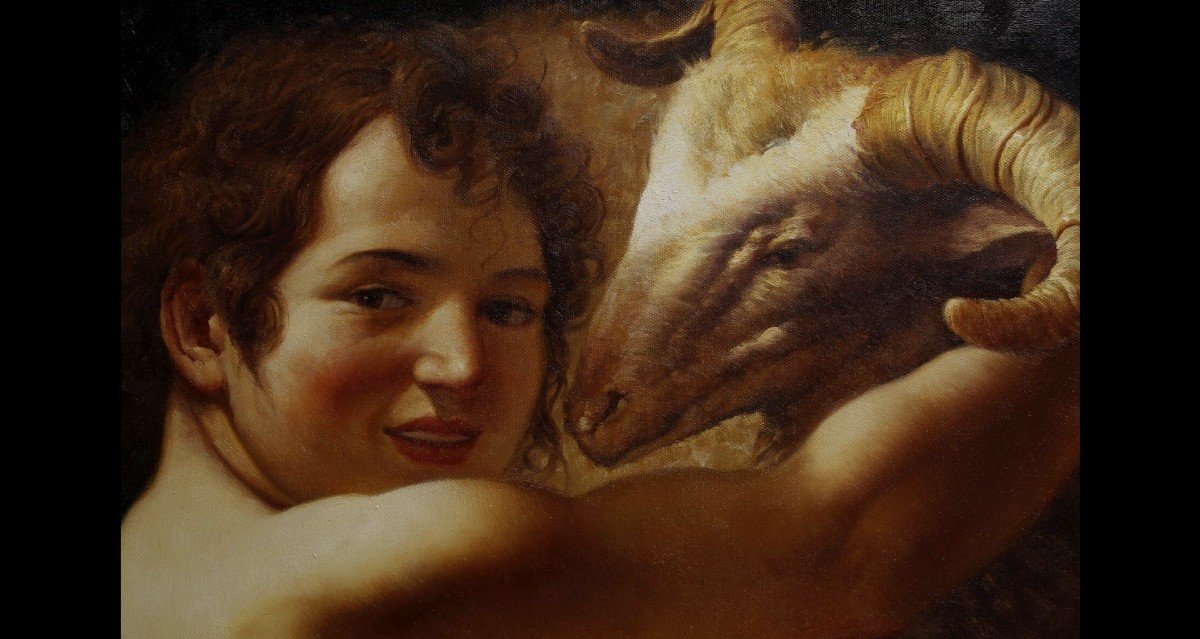
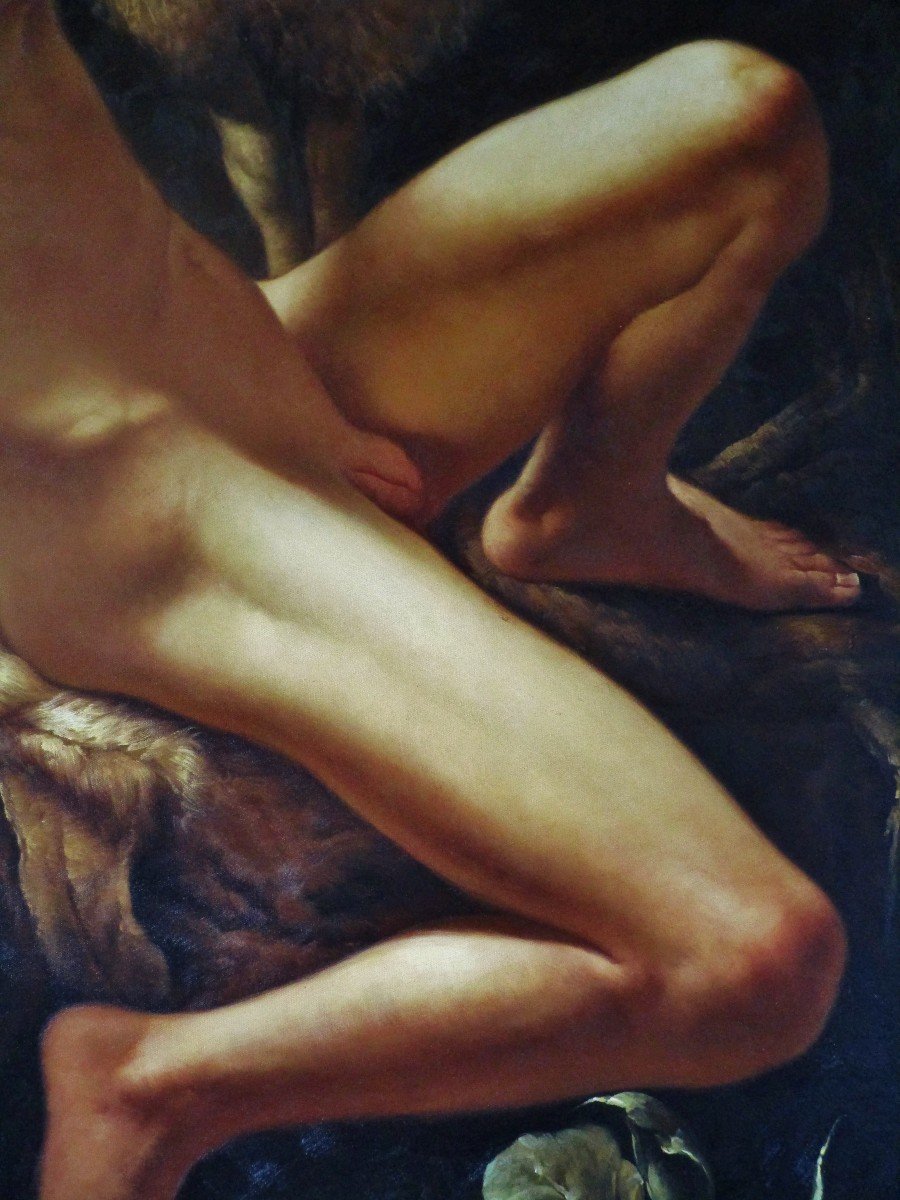


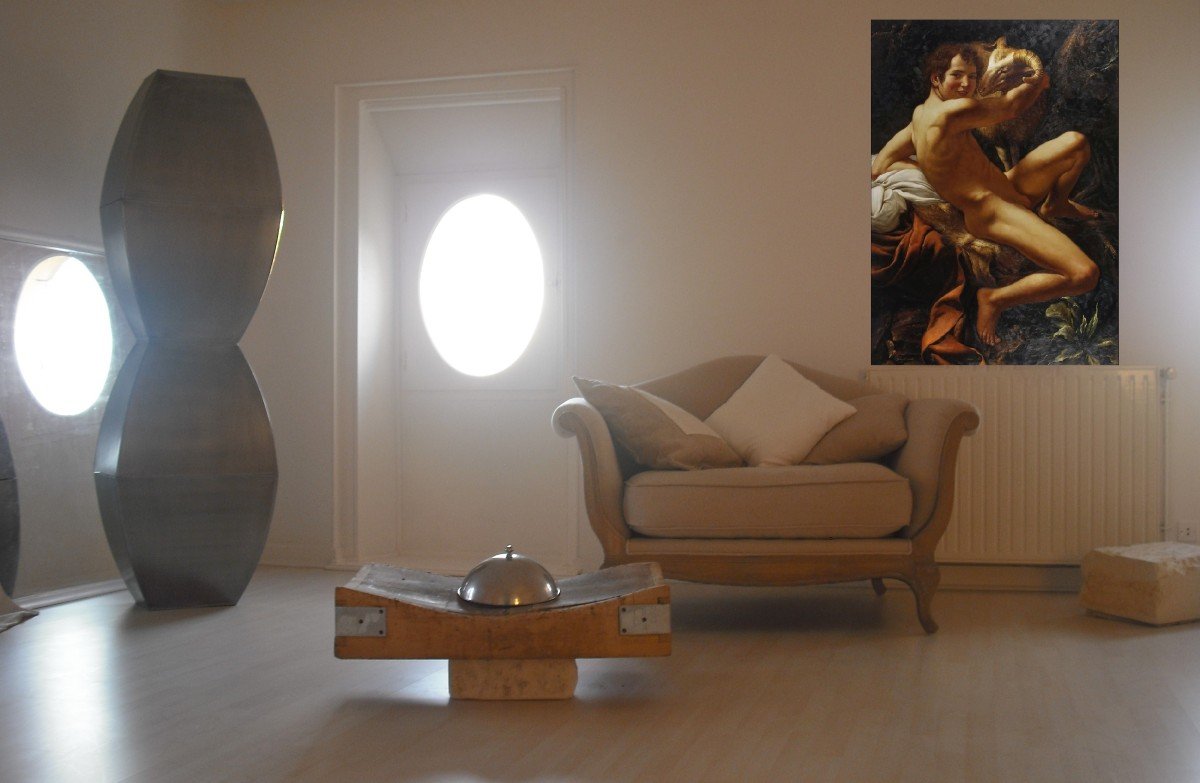
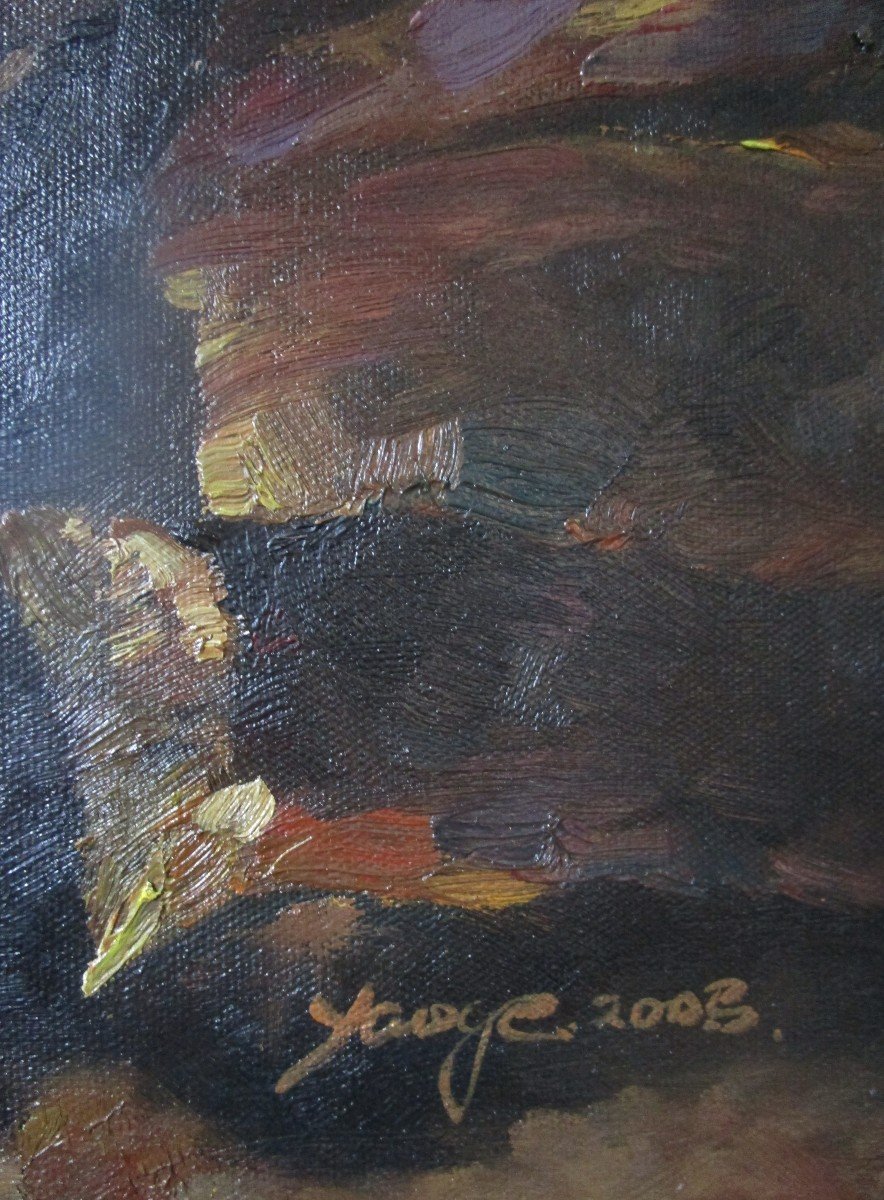
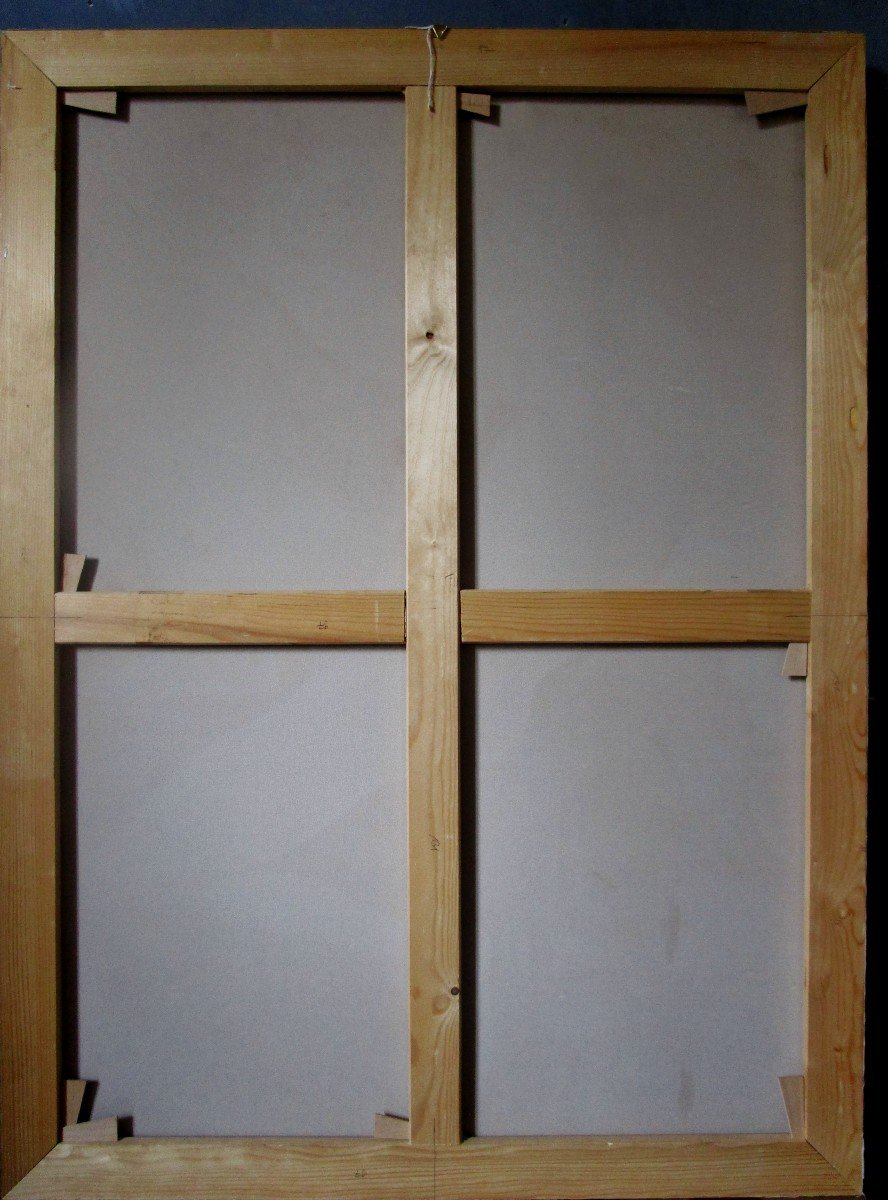
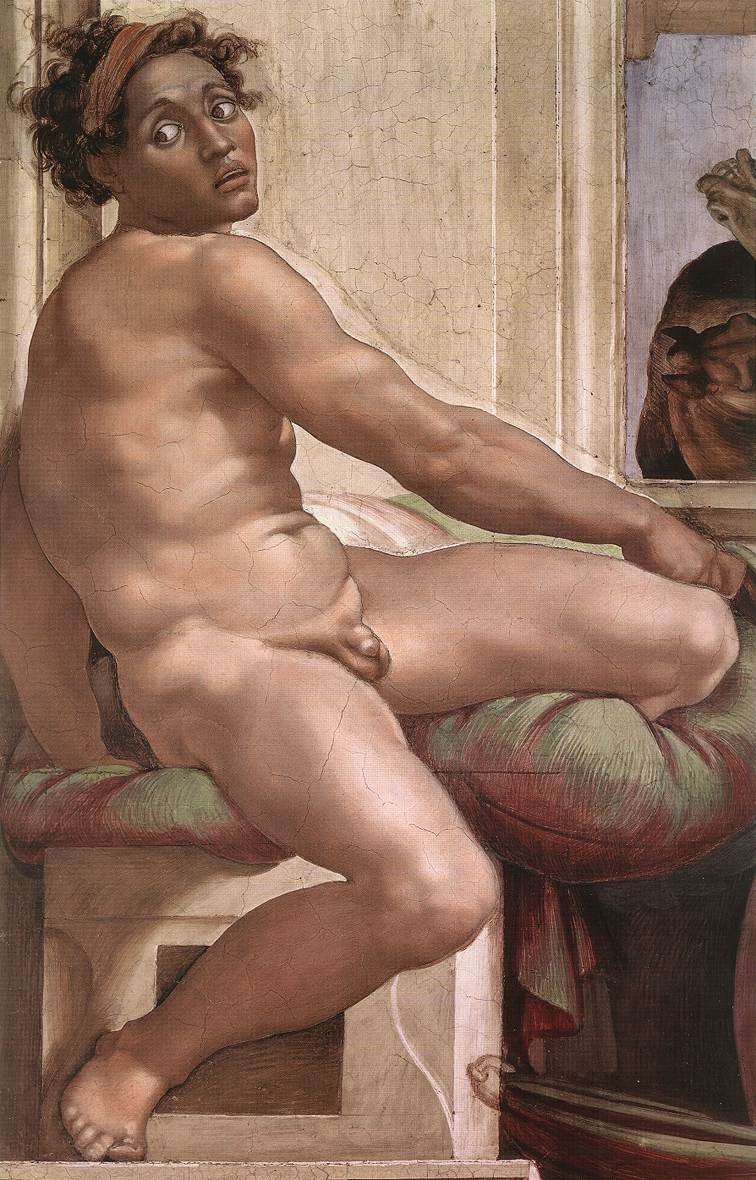













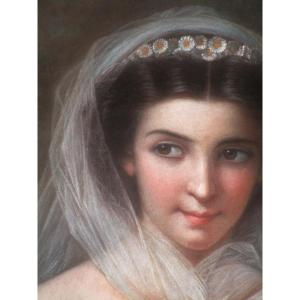
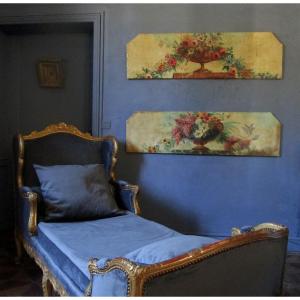

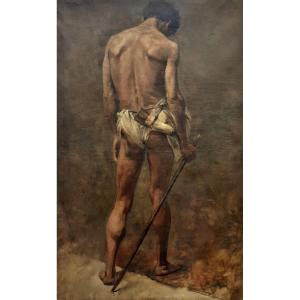
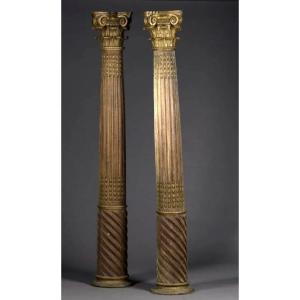
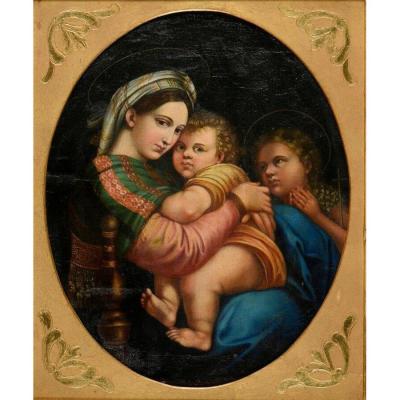

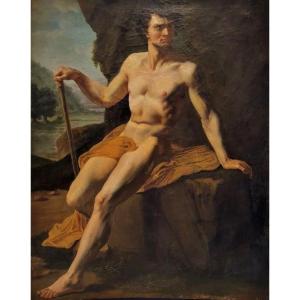


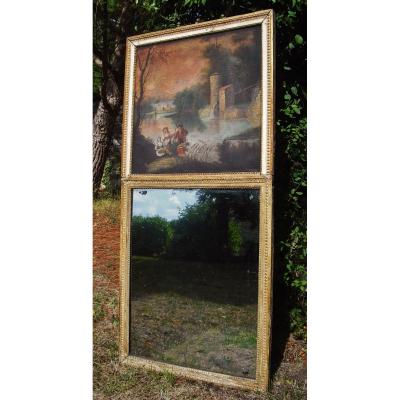


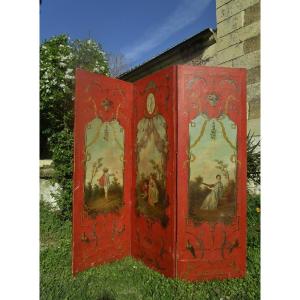



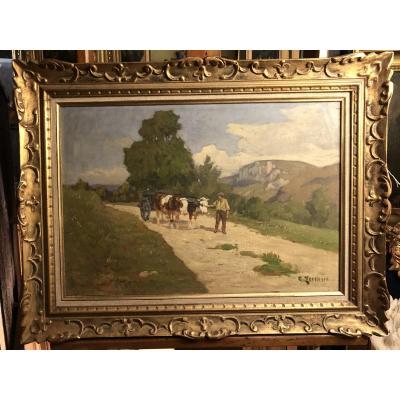

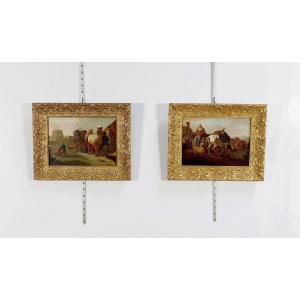




 Le Magazine
Le Magazine Rivista Artiquariato
Rivista Artiquariato TRÉSORS magazine
TRÉSORS magazine